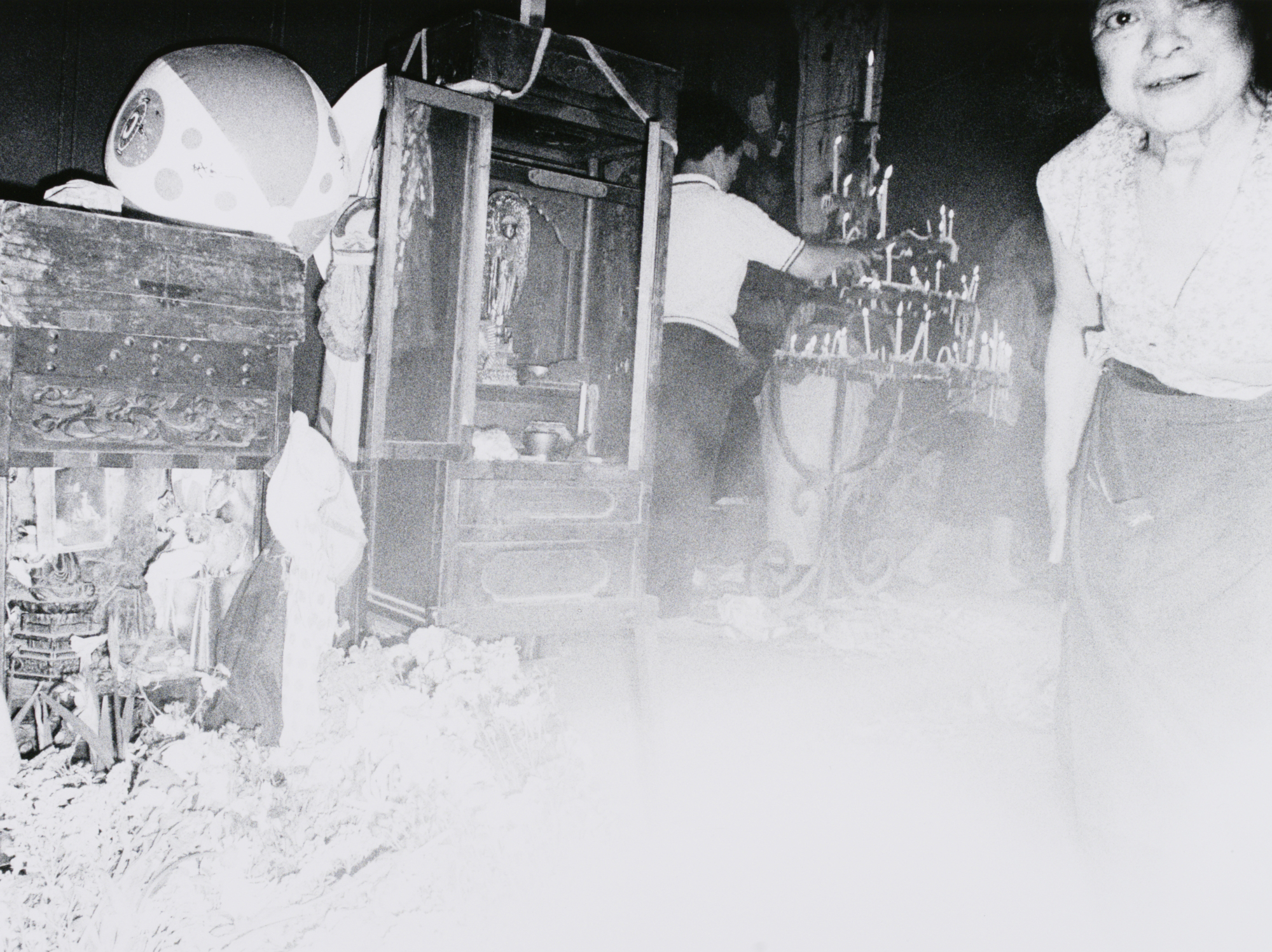The first thing you notice are the rats — skinny, hungry — munching greedily on the night's leftovers. You can almost hear them squeak as they fight for morsels.
Not far is a drunken hobo. He lies on the pavement, unconscious, his buttocks exposed. His shoes are gone. His feet are pointed at you, dark and dirty. He probably has not washed for days. There is a third man nearby, smiling and oblivious to the surrounding chaos. He holds a cigarette in his left hand, a bottle of alcohol in the other. He is all mirth, taking it all in as if it were just another burlesque evening performance. This is Tokyo, but not the one you know.
"When the last trains are gone, along with the businessmen and women, students, and the workers of restaurants and bars," photographer Masatoshi Naito once wrote, "the other face" of the city emerges. From 1970, Naito spent 15 years documenting this other side of Tokyo, the underbelly of what is, by day, the spiffy Japanese capital. This large body of work, which was published in book form in the mid-1980s, constitutes the centerpiece of "Naito Masatoshi: Another World Unveiled," a large-scale retrospective of his oeuvre, and the first in a Tokyo museum, which can be seen until July 16 at the Tokyo Photographic Art Museum (TOP).

















With your current subscription plan you can comment on stories. However, before writing your first comment, please create a display name in the Profile section of your subscriber account page.